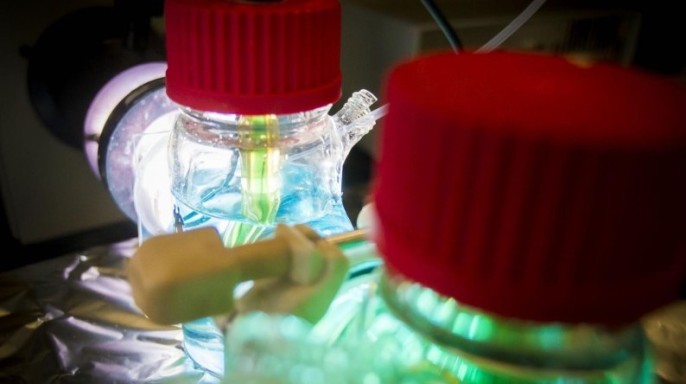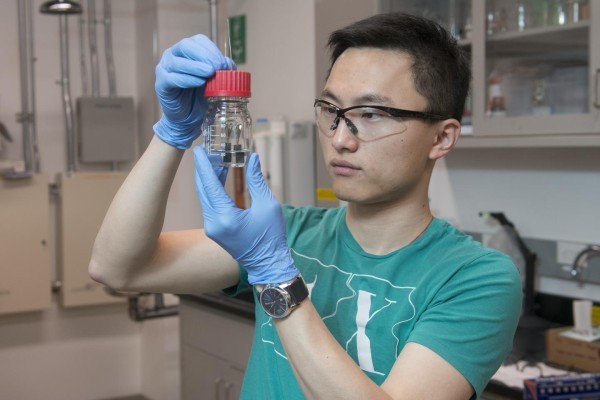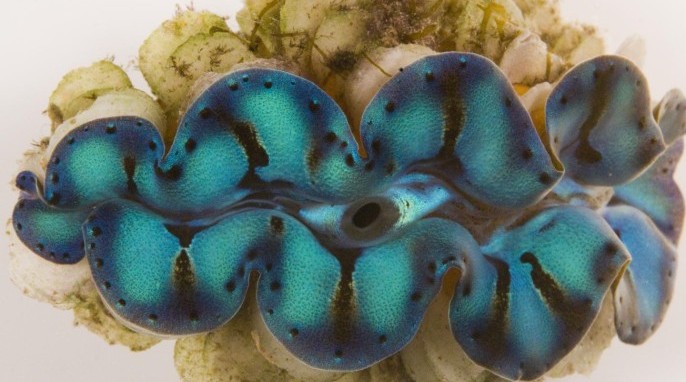Fecal Fungi May Lead to Cheaper Biofuel
By Neha Jain @lifesciexplore Fecal Fungi May Lead to Cheaper Biofuel Manure may be a good fertilizer, but there’s more to manure than you think. Scientists have harnessed gut fungi from herbivore feces that can easily digest tough plant components in wood, algae, and grasses into sugars, which can then be fermented to produce biofuel and other bio-based products. Biofuel producers are faced with a problem: They are unable to fully break down plant materials into sugars because of the tough-to-digest components of plant cell walls. Herbivores, however, have been…
Read More



